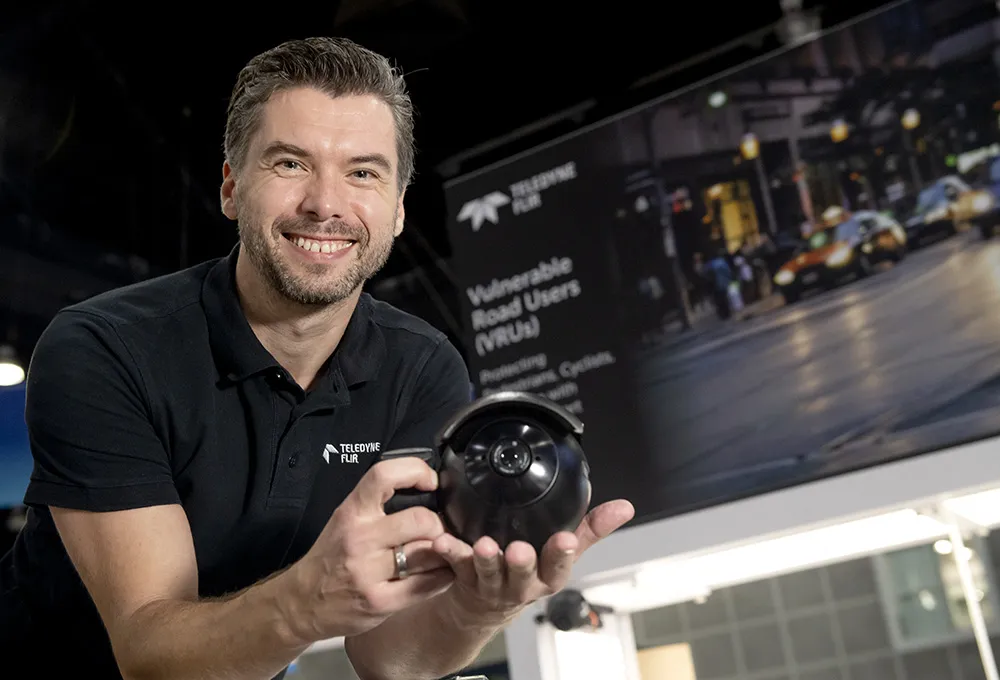In line with its maxim ‘infrared everywhere’, thermal imaging camera supplier FLIR expects to increase its sales within the automotive sector, particularly to companies like Audi, BMW and Rolls Royce, in order to boost manufacturing numbers and cut per unit production costs. The company has developed a new initiative with Mercedes Benz in which many of the car maker’s new S-Class vehicles will contain a FLIR thermal imager that will scan the road ahead, during the darkness of night, and alert when it sees h
April 11, 2013
Read time: 2 mins

In line with its maxim ‘infrared everywhere’, thermal imaging camera supplier 6778 FLIR expects to increase its sales within the automotive sector, particularly to companies like 2125 Audi, 1731 BMW and Rolls Royce, in order to boost manufacturing numbers and cut per unit production costs.
The company has developed a new initiative with1685 Mercedes Benz in which many of the car maker’s new S-Class vehicles will contain a FLIR thermal imager that will scan the road ahead, during the darkness of night, and alert when it sees humans or animals on or alongside the road, which could threaten the safety of the driver.
The sensitivity of the FLIR’s thermal sensor and the ability of the accompanying video analytics software to identify a pedestrian dangerously close to the roadway mean the FLIR device can dramatically enhance the motorist’s safety. The device also has a dynamic spotlight, which can instantly shine a movable beam of light onto the human or animal, thereby enabling the driver to see for himself the dangers ahead.
The company has developed a new initiative with
The sensitivity of the FLIR’s thermal sensor and the ability of the accompanying video analytics software to identify a pedestrian dangerously close to the roadway mean the FLIR device can dramatically enhance the motorist’s safety. The device also has a dynamic spotlight, which can instantly shine a movable beam of light onto the human or animal, thereby enabling the driver to see for himself the dangers ahead.









